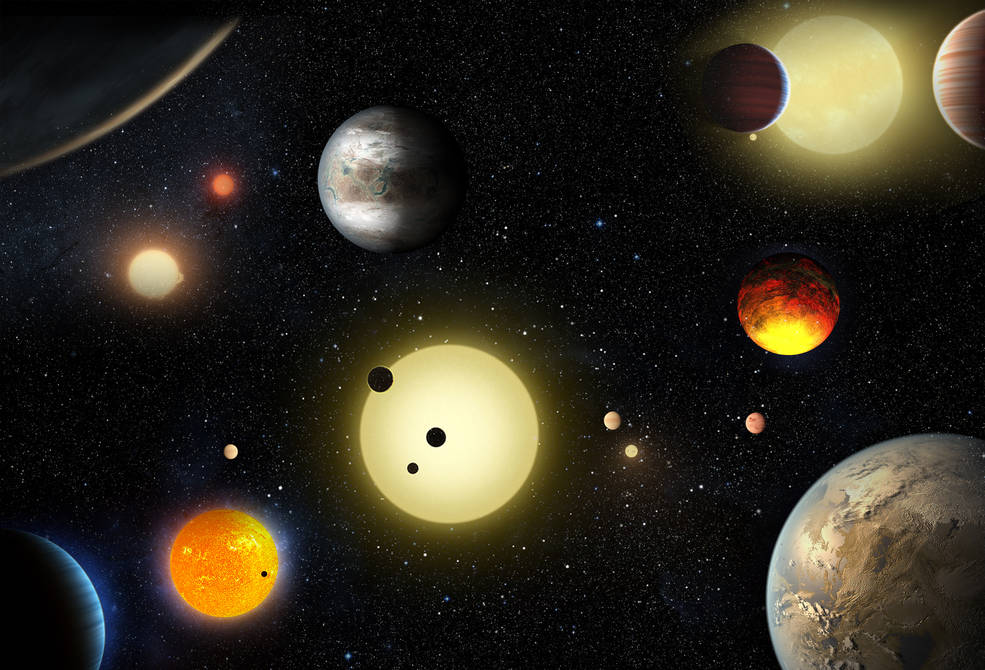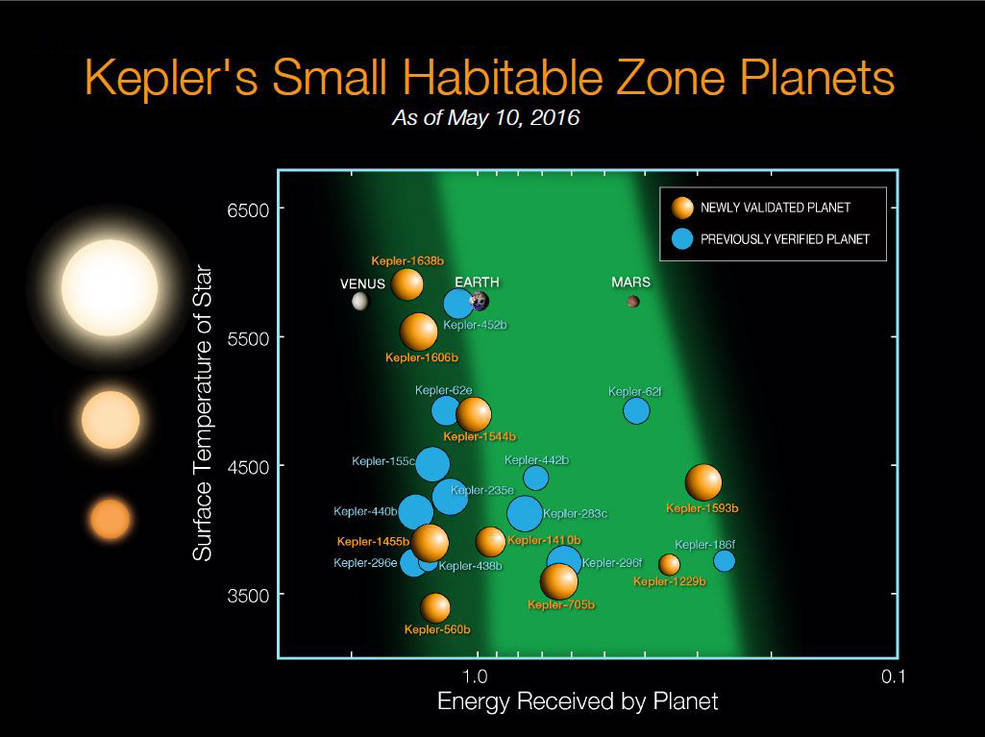
MOUNTAIN VIEW – Three SETI Institute scientists have received NASA’s most prestigious honors for their work in the burgeoning field of exoplanet research.
Jeff Coughlin is the recipient of the space agency’s Exceptional Engineering Achievement medal. Jason Rowe and Christopher Burke are being awarded the Exceptional Scientific Achievement Medal.
All three are team members for the Kepler Mission, one of the most successful science experiments of recent times. Kepler has discovered thousands of exoplanets – worlds orbiting other stars. These researchers were as important to its success as the shipwrights building the Nina, Pinta and Santa Maria were to the European discovery of America.

Coughlin led the group that developed a technique for fully automating the extraction of planetary candidates from Kepler data. During the first six years of the mission, these candidates were manually selected from the roughly 20,000 observed transit-like signals. But because human judgment varies among individuals, the catalog was both non-uniform and compromised by errors.
“We turned candidate recognition into a task for computers,” says Coughlin. “We were able to teach the computer to do what the humans did, but without the bias or the variability.”
Using synthetic data, Coughlin’s team was able to verify the performance of his digital analyzer, and found that it had an accuracy of 97 – 99 percent, something that was unimaginable with humans in the loop.
Jason Rowe’s work focused on deciding which of the exoplanet candidates found by Kepler were indeed actual planets. In the past, this generally involved measuring stellar radial velocities with large, ground-based telescopes. The one-by-one scheme was a bottleneck that limited confirmations to no more than 200 per year, world-wide. Rowe developed a statistical analysis called validation by multiplicity which allows bulk checking of planets by the hundreds. In 2014, his work resulted in the validation of 715 new exoplanets, doubling the number that were known.
“The validation of candidates via multiplicity allowed us to shift planet discovery into high gear,” notes Rowe. “It’s the difference between building something in your garage and industrial production.”
While Kepler has discovered thousands of planets, it’s a very biased sample, favoring large planets, tight orbits, and small host stars. Christopher Burke developed a method to remove and correct for these biases in order to ascertain what is the actual distribution of planets – and in particular, what fraction of Sun-like stars are orbited by Earth-size worlds in the habitable zone.

“Unlike our Solar System, with its inner rocky worlds and outer giants, Kepler has found that the galaxy teems with a rich diversity of planets,” Burke says. “Rocky planets mingle with giant planets on short orbital periods, and planets of in-between size are common.”
At present, his analysis suggests a large population of planets like Earth, although more work is still needed to confirm this result.
A century from now, the present decade will be celebrated as the one in which researchers finally made an inventory of the planets that fill the cosmos. It is a very special time for astronomy, and these awards are a tribute to some of the key scientists who made it happen.
About the SETI Institute
Founded in 1984, the SETI Institute is a non-profit, multi-disciplinary research and education organization whose mission is to lead humanity’s quest to understand the origins and prevalence of life and intelligence in the Universe and to share that knowledge with the world. Our research encompasses the physical and biological sciences and leverages expertise in data analytics, machine learning and advanced signal detection technologies. The SETI Institute is a distinguished research partner for industry, academia and government agencies, including NASA and NSF.
Contact information
Jeff Coughlin
Tel: 650 691-5780
Email: jcoughlin@seti.org
Jason Rowe
Tel: 650 605-3468
Email: jrowe@seti.org
Christopher Burke
Tel: 650 604-4612
Email: cburke@seti.org
Media contact:
Seth Shostak
Tel: 650 960-4530
Email: seth@seti.org





